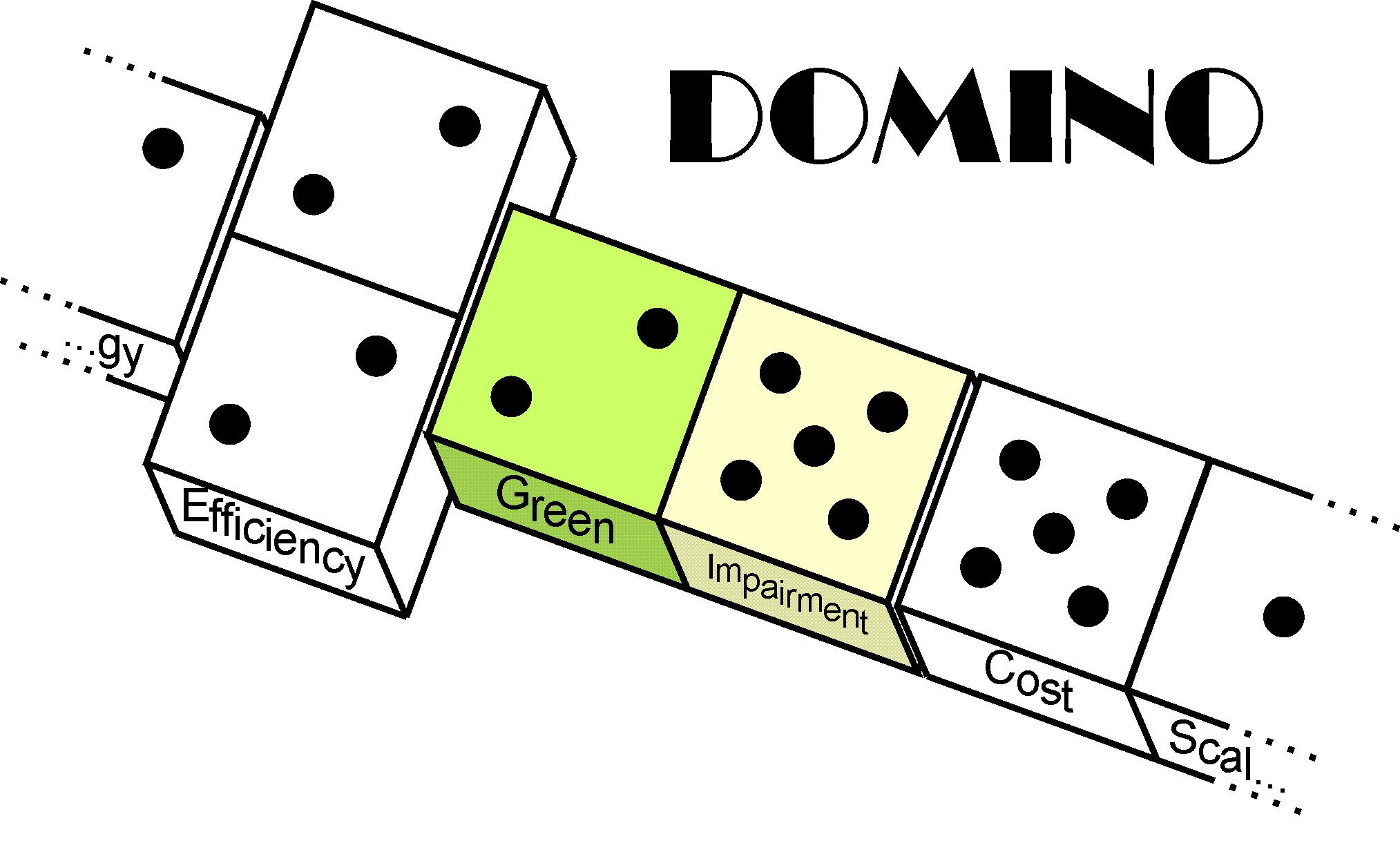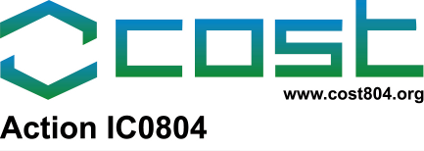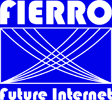 Low latency and high throughput dynamic network infrastructures for high performance datacentre interconnects
Low latency and high throughput dynamic network infrastructures for high performance datacentre interconnects
November 2012 – October 2015
FP7-318606
The main objective of the LIGHTNESS project is the design, implementation and experimental evaluation of a high-performance network infrastructure for data centres, where innovative photonic switching and transmission solutions are deployed. Harnessing the power of optics will enable data centres to effectively cope with the unprecedented demand growth to be faced in the near future, which will be driven by the increasing popularity of computing and storage server-side applications in the society. Indeed, the deployment of optical transmission systems leveraging Dense Wavelength Division Multiplexing (DWDM) allows the transmission of more than a hundred of wavelength channels operating at 10, 40, 100 Gb/s and beyond. This effectively results in “unlimited” bandwidth capacities of multiple Terabit/s per fibre link, which can be efficiently utilized through next-generation all-optical switching paradigms like Optical Circuit Switching (OCS) or Optical Packet Switching (OPS). In this context, LIGHTNESS will join efforts towards the demonstration of a high-performance all-optical hybrid data plane for data centre networks, combining both OCS and OPS equipment to implement transport services tailored to the specific applications’ throughput and latency requirements. To this goal, an OPS node suitable for intra- data centre connectivity services will be developed and prototyped during the project, together with an enhanced Top of the Rack (TOR) switch seamlessly connecting servers in each rack to the hybrid OCS/OPS inter-cluster network. As an additional achievement of LIGHTNESS, the OCS/OPS inter-cluster network will be empowered with a network control plane able to dynamically provision flexible connectivity services in the hybrid OCS/OPS data centre network. Such a control plane will also be developed and prototyped for integration in the final LIGHTNESS demo throughout the project.


 Energy efficiency in large scale distributed systems
Energy efficiency in large scale distributed systems Scalable Tunable and Resilient Optical Networks Guaranteeing Extremely-high Speed Transport
Scalable Tunable and Resilient Optical Networks Guaranteeing Extremely-high Speed Transport Future Internet: Eficiencia en las redes de altas prestaciones
Future Internet: Eficiencia en las redes de altas prestaciones Building the future optical network in Europe
Building the future optical network in Europe